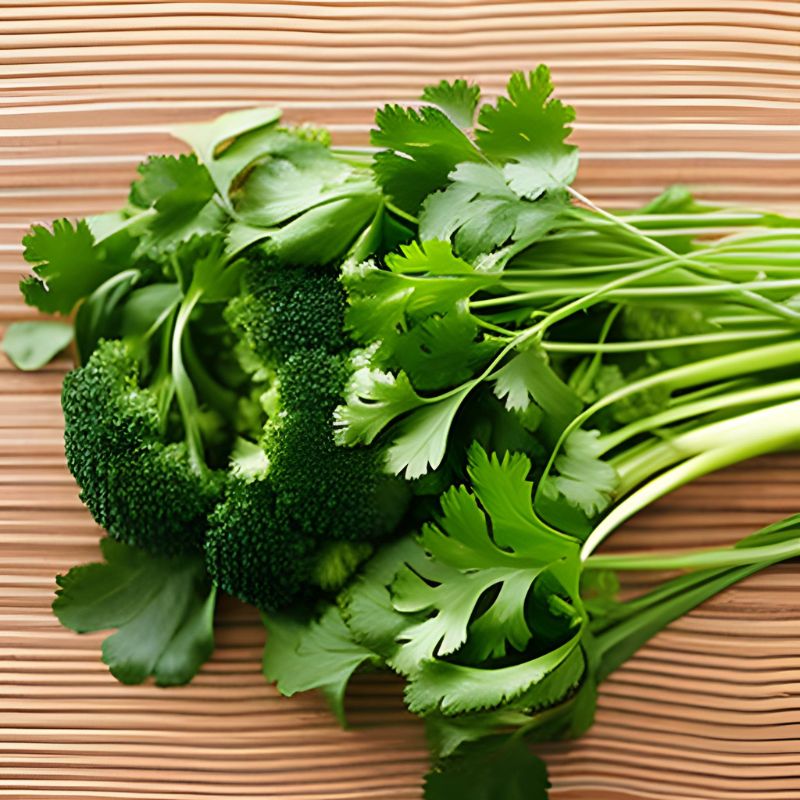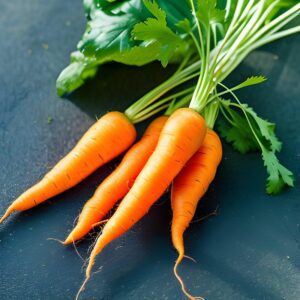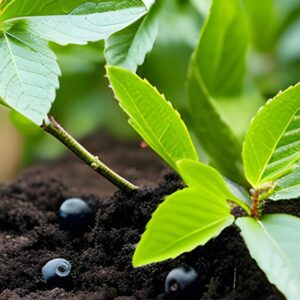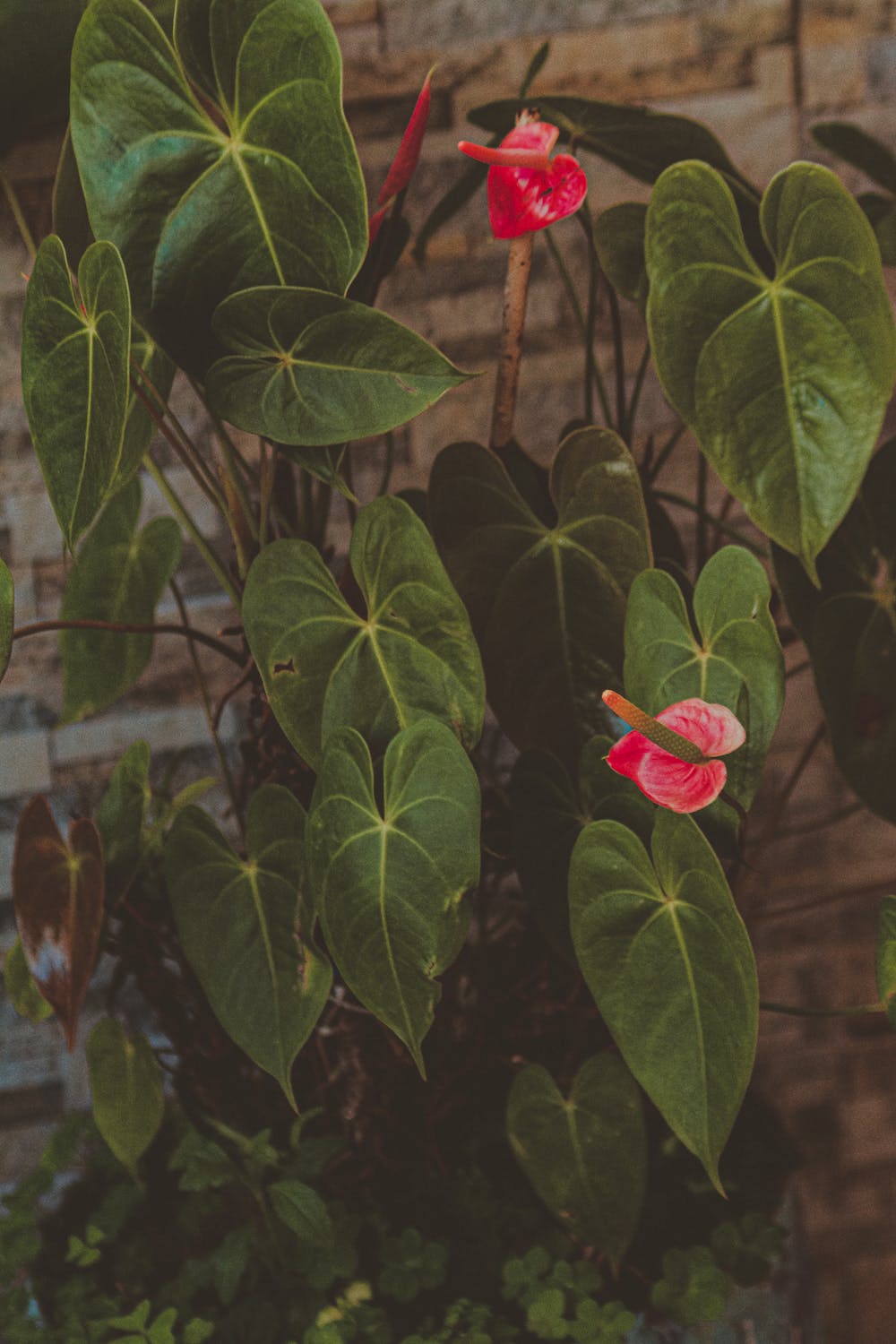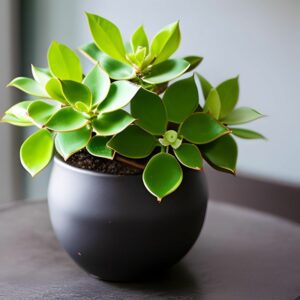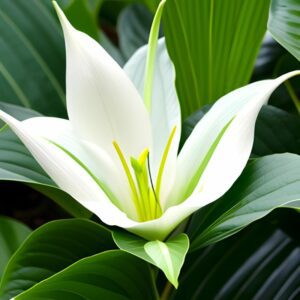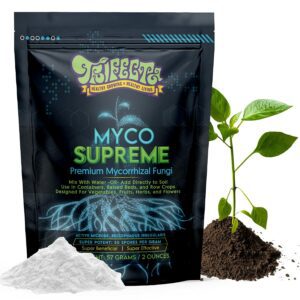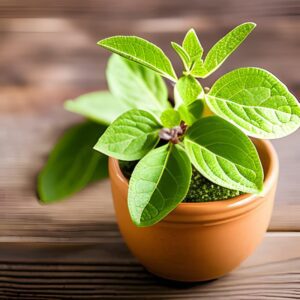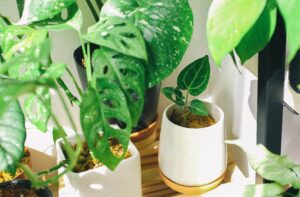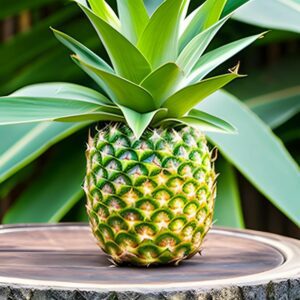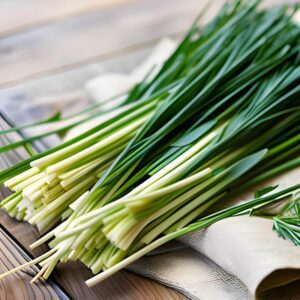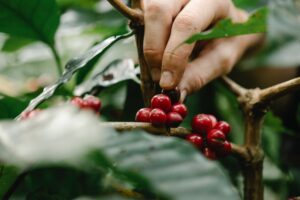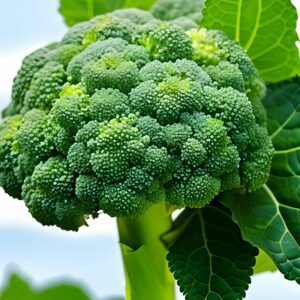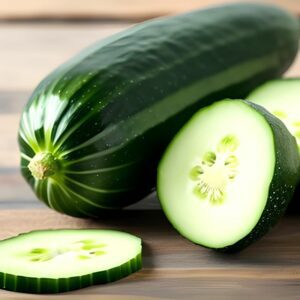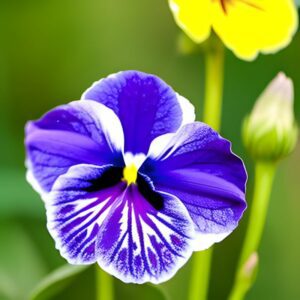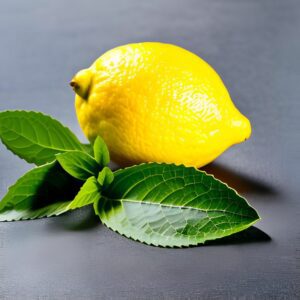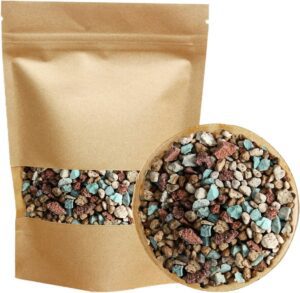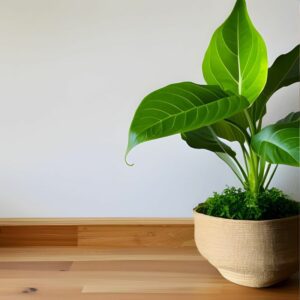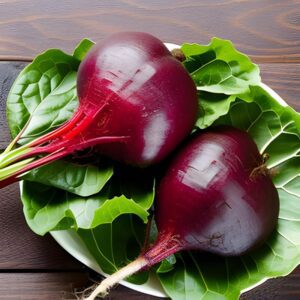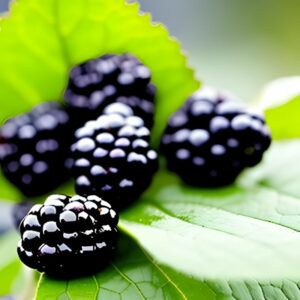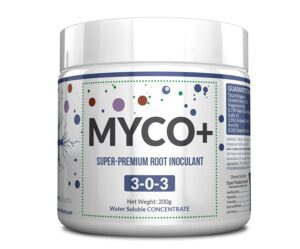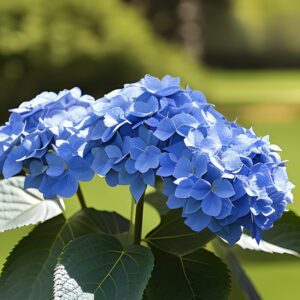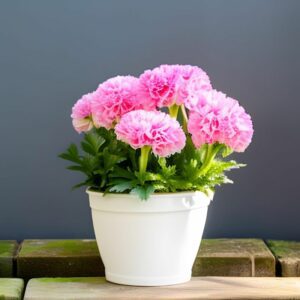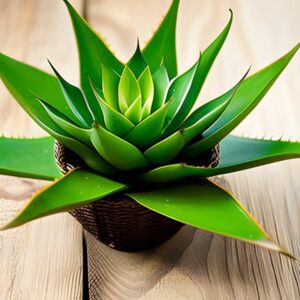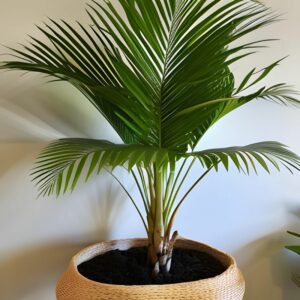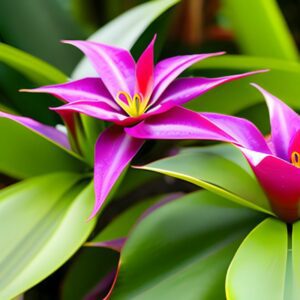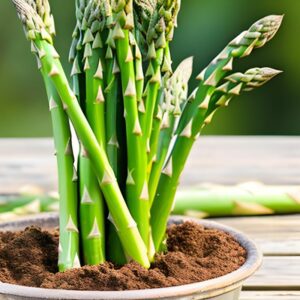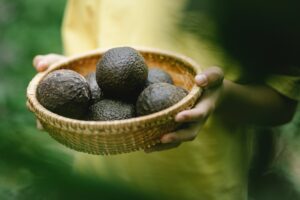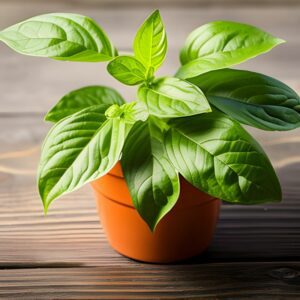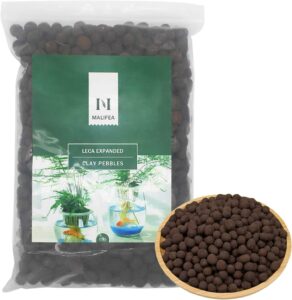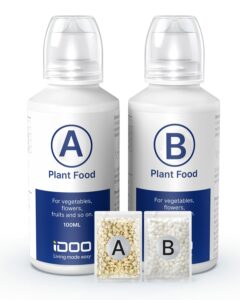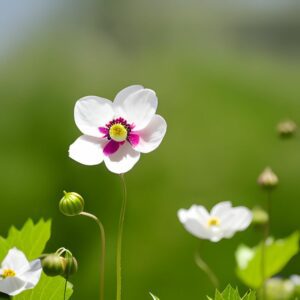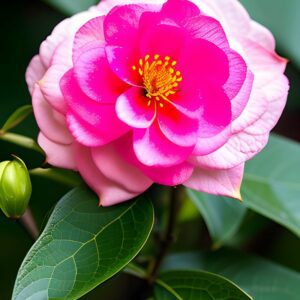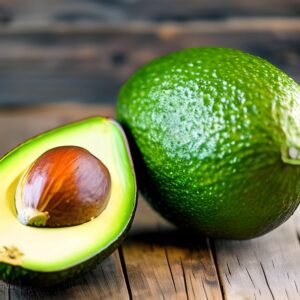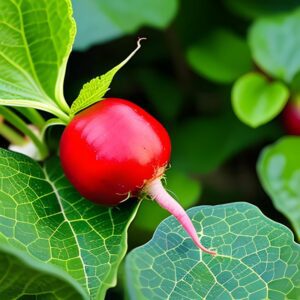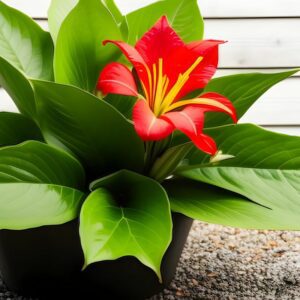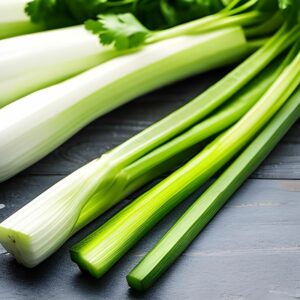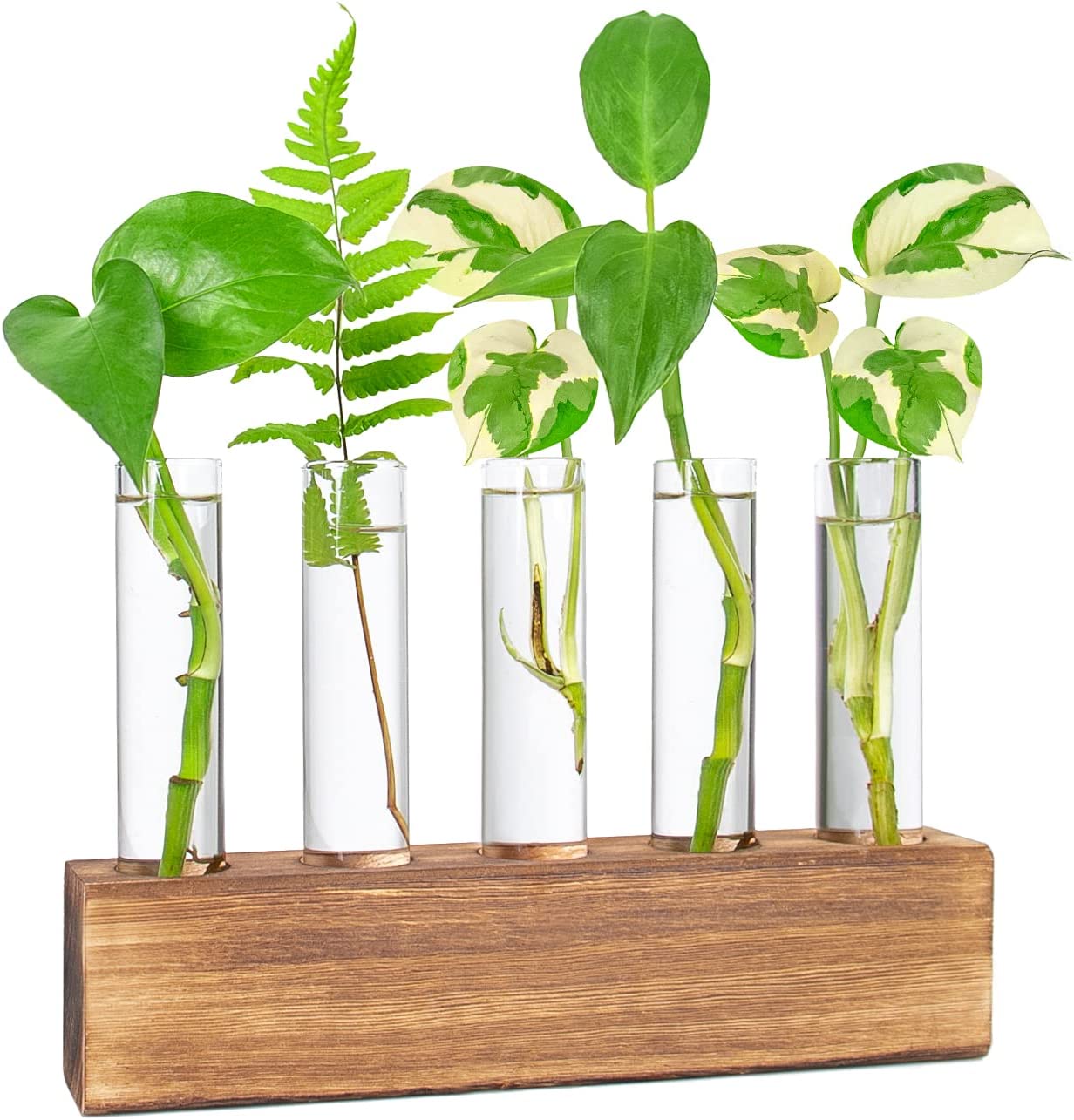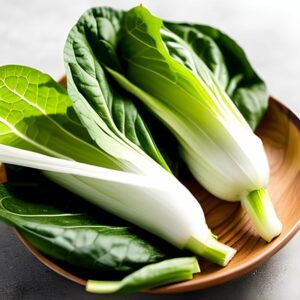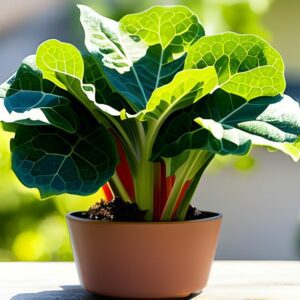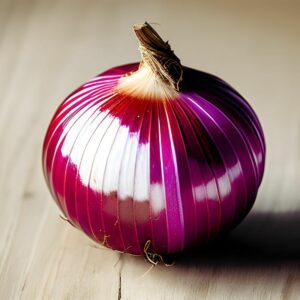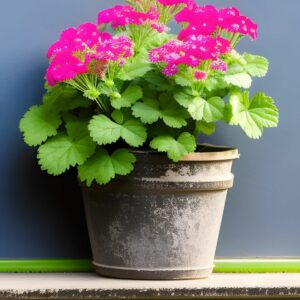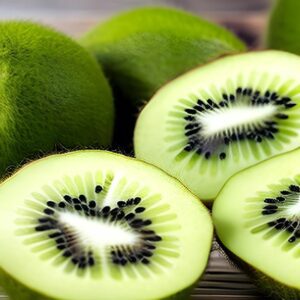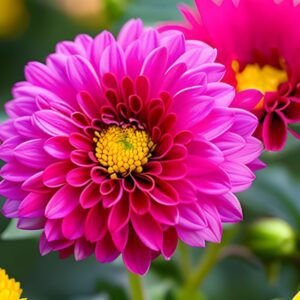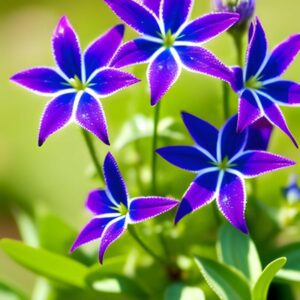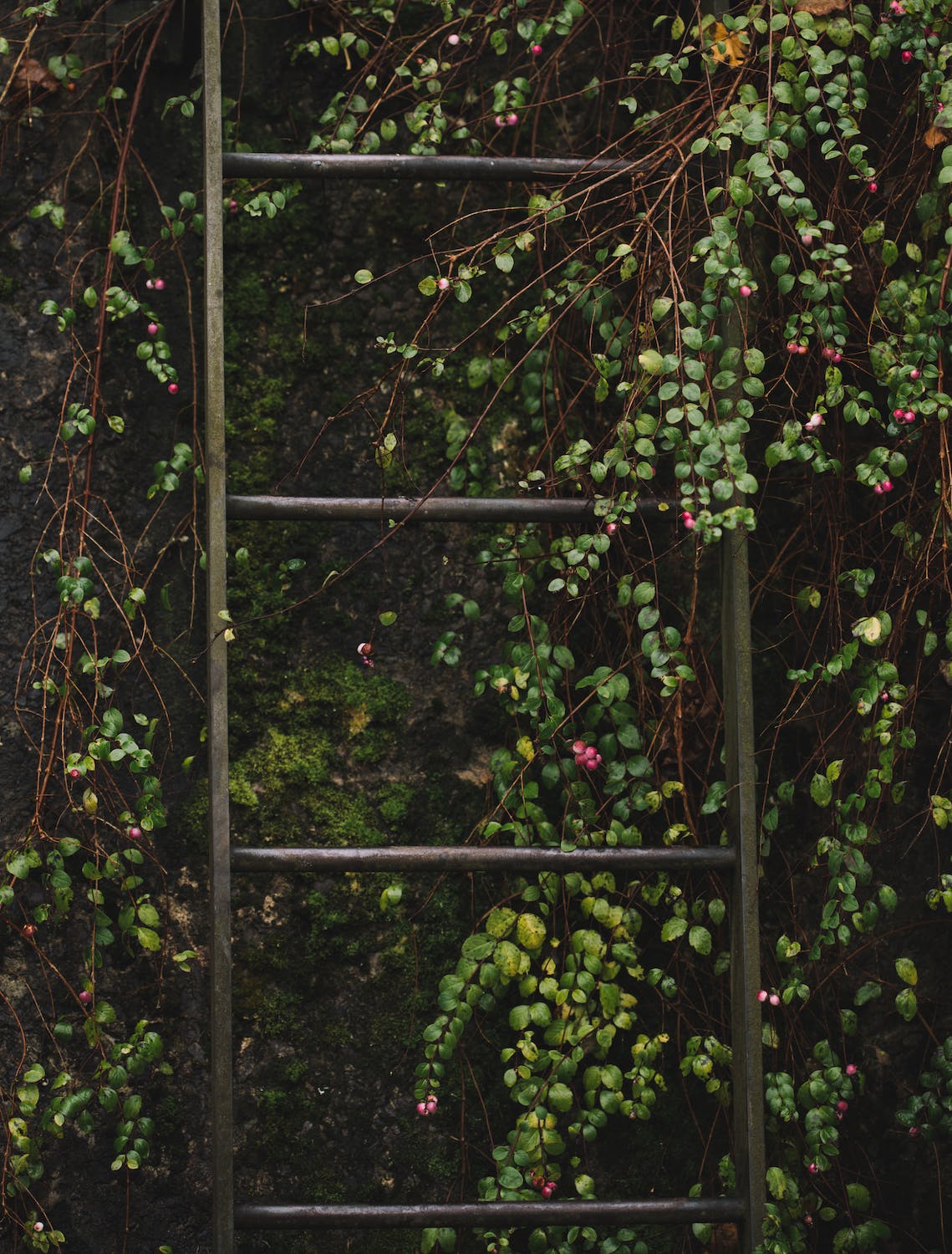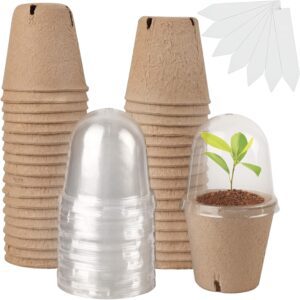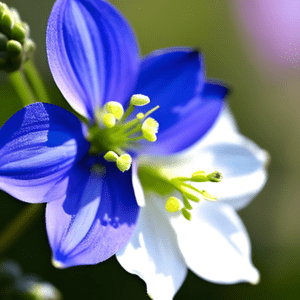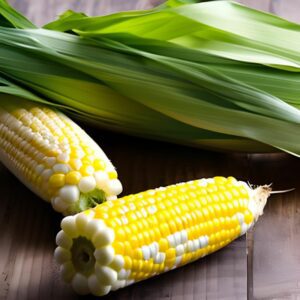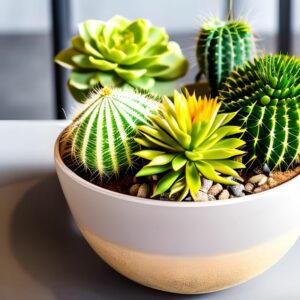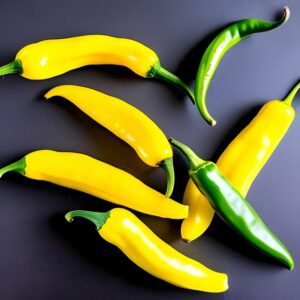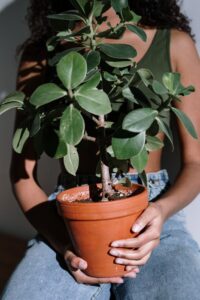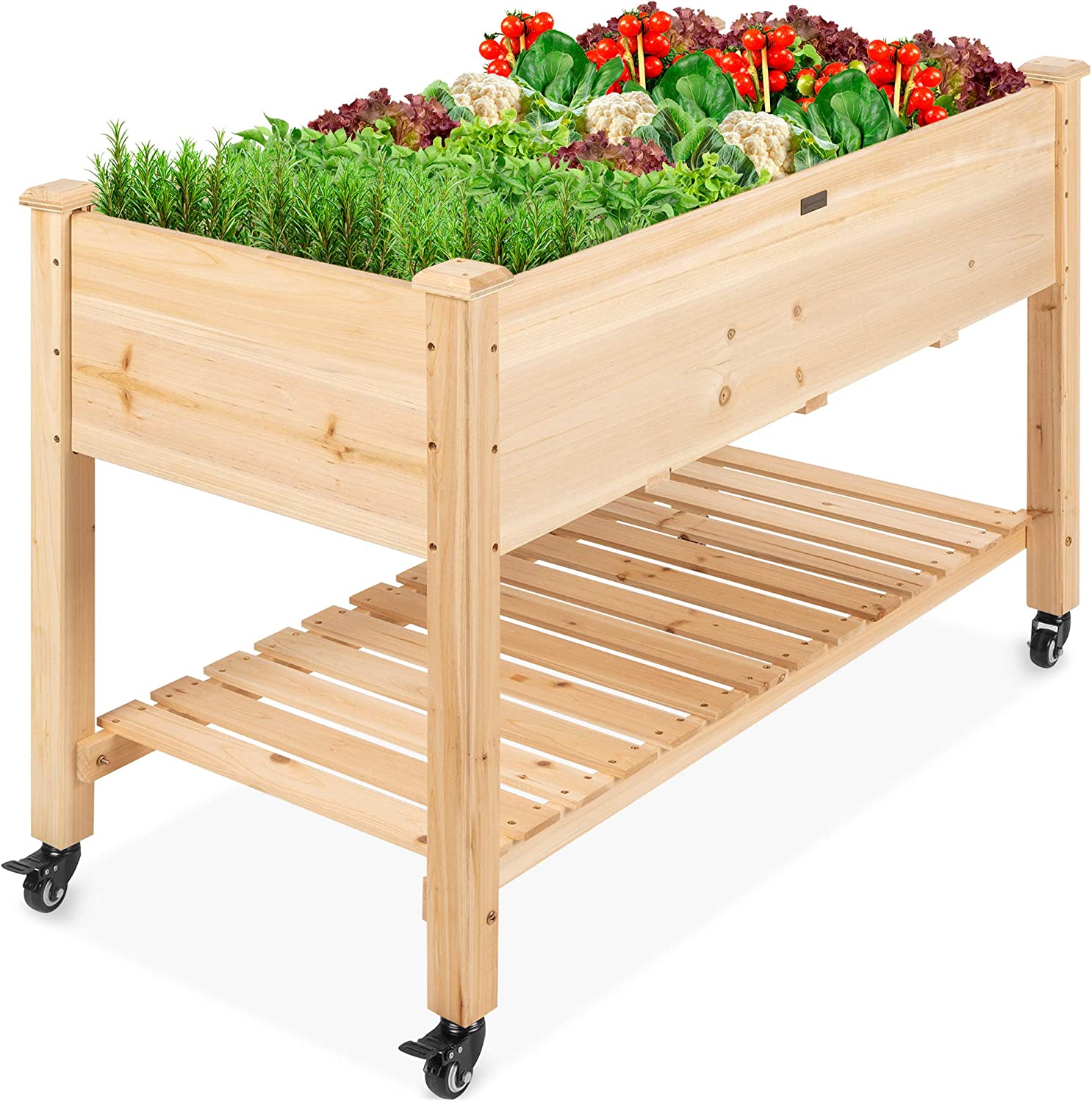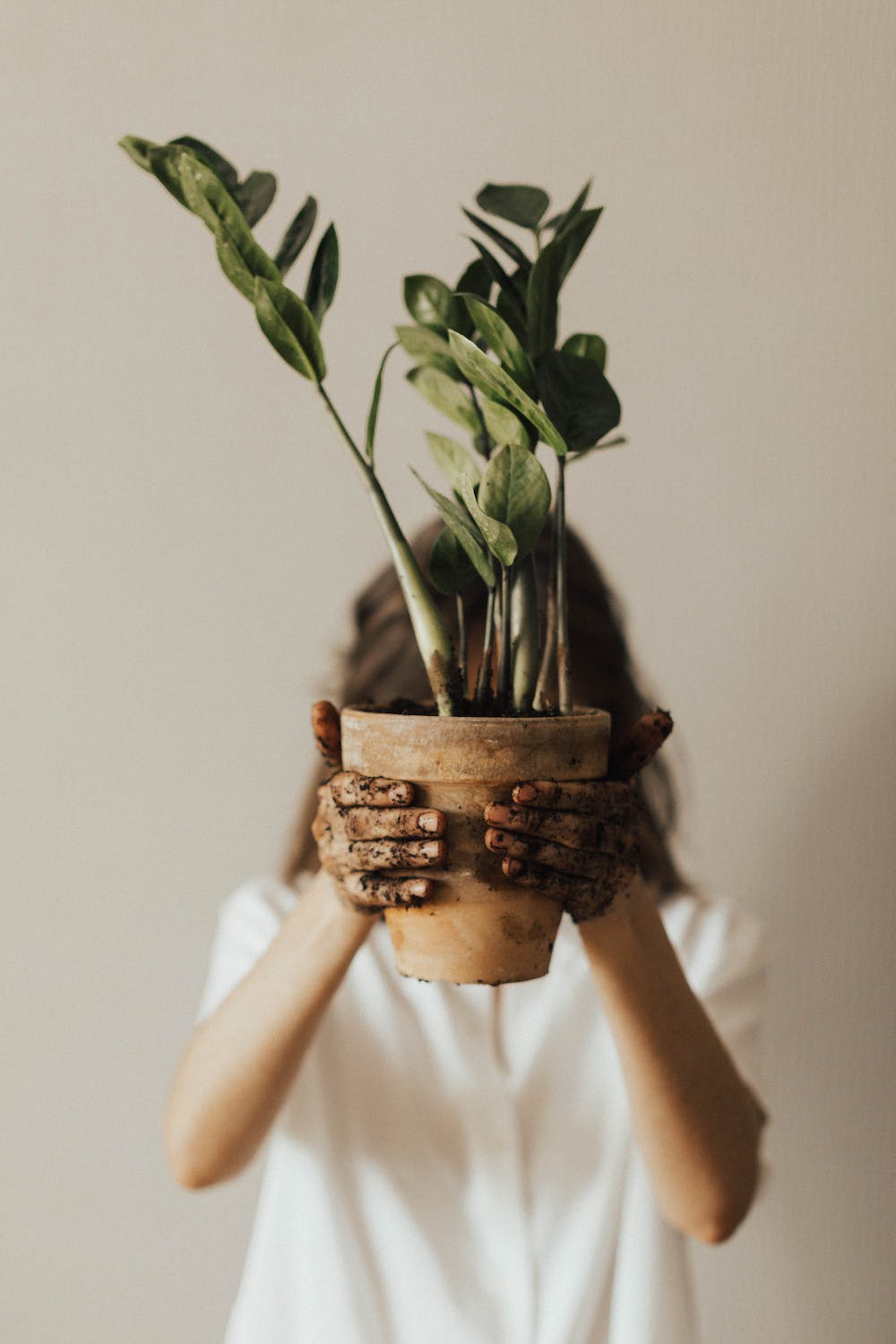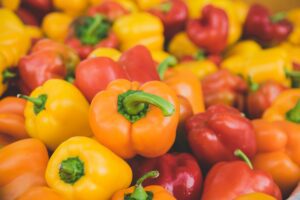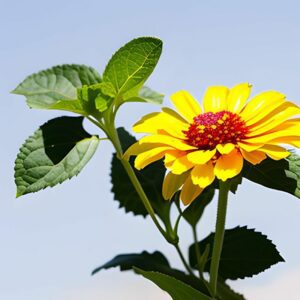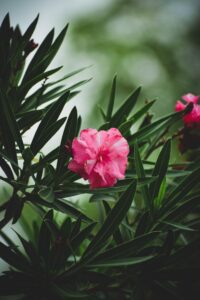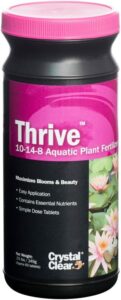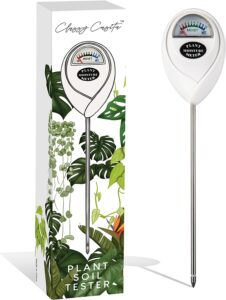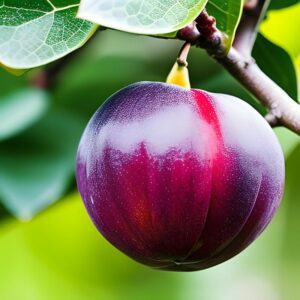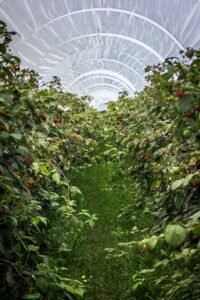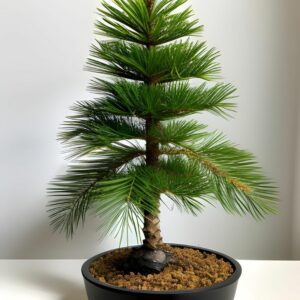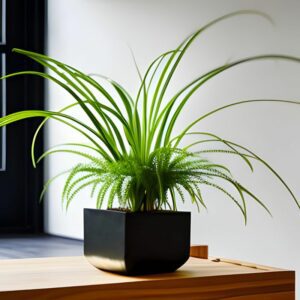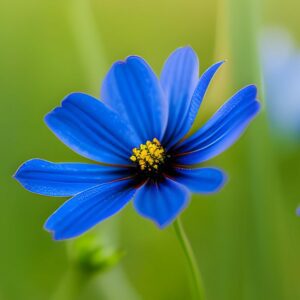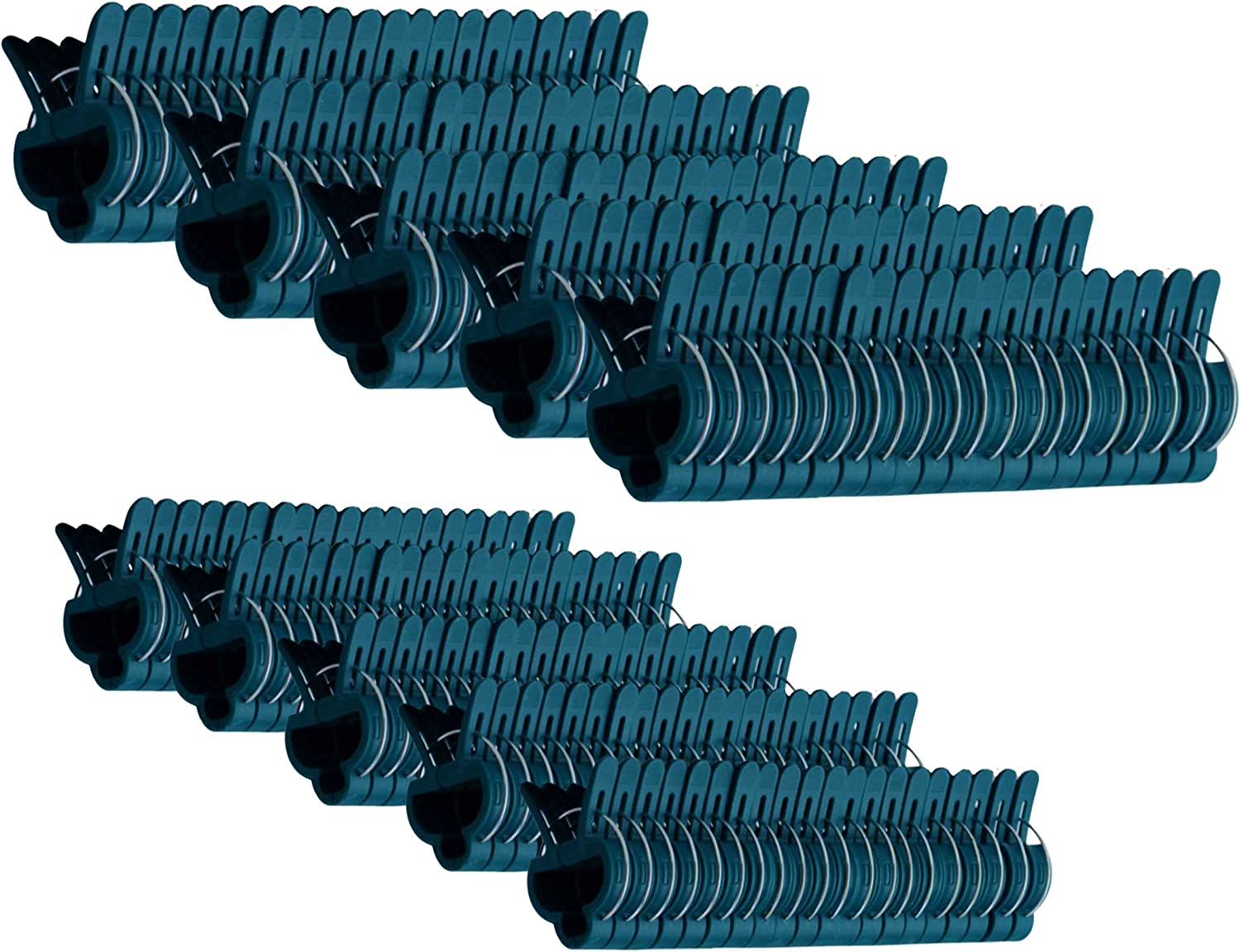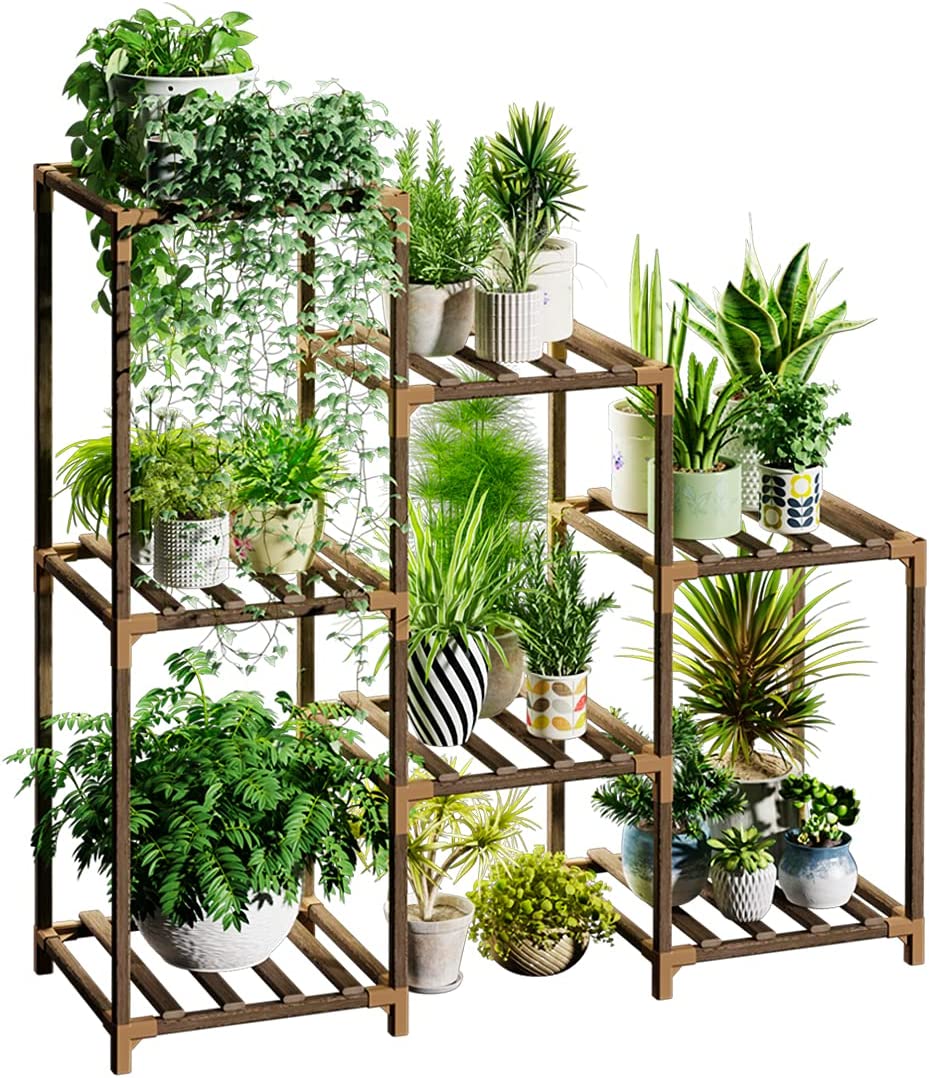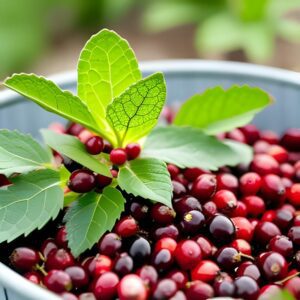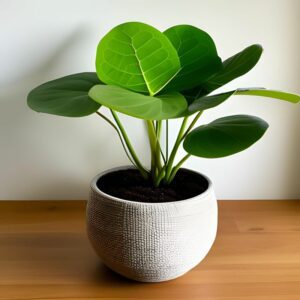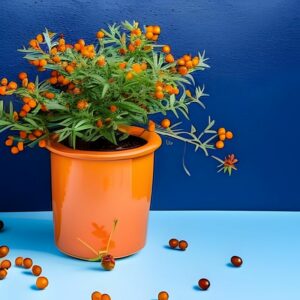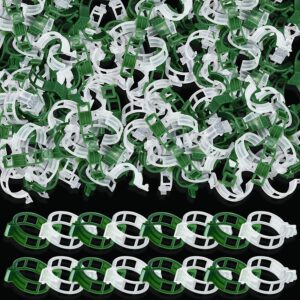Cilantro
Herbs
- Southern Europe & Western Asia
- Easy
- 45-70 Days
Introduction
Cilantro, also known as coriander or Chinese parsley, is a popular herb used in various cuisines worldwide. It is native to southern Europe and western Asia. Cilantro leaves have a fresh and citrusy flavor, while the seeds (coriander) have a warm and aromatic taste. Cilantro is commonly used in salsas, salads, curries, and other flavorful dishes.
Plant Characteristics
Cilantro is a leafy herb that grows in clumps with delicate, lacy leaves. It can reach a height of 1-2 feet when fully mature. The leaves are bright green and pinnately divided, giving them a feathery appearance. Cilantro produces small white or pale pink flowers that eventually develop into seeds.
Ideal Growing Conditions
Cilantro thrives in full sun to partial shade. It prefers well-draining soil with moderate fertility. Cilantro is a cool-season herb that grows best in temperatures between 50-85°F (10-29°C). It is more tolerant of colder temperatures than heat.
Planting Guide
Sow cilantro seeds directly in the garden or containers, as it does not transplant well. Plant seeds about 1/4 to 1/2 inch deep, spacing them 6-8 inches apart. Ensure the soil is consistently moist during germination, which usually takes 1-2 weeks. For a continuous harvest, make successive sowings every 2-3 weeks.
Watering and Fertilizing
Keep the soil evenly moist but not waterlogged. Water regularly, especially during hot and dry periods. Mulching around the plants can help retain moisture. Cilantro does not require heavy fertilization, but incorporating organic matter into the soil before planting can promote healthy growth.
Pruning and Maintenance
Cilantro does not require much pruning. However, if you want to encourage bushier growth and prevent flowering, pinch back the top growth when the plant reaches about 6 inches in height. Regularly remove any yellowing or damaged leaves to maintain plant health.
Harvesting or Flowering
Cilantro leaves can be harvested once the plant reaches a height of 4-6 inches. Harvest individual leaves or cut the outer stems as needed. If you want to harvest coriander seeds, allow the plant to flower and the seeds to turn brown. Cut the seed heads and place them in a paper bag to dry. Once dry, shake the bag to release the seeds.
Post-Harvest Care
After harvesting cilantro leaves, store them in a plastic bag or airtight container in the refrigerator. They are best used fresh but can be stored for a few days. Coriander seeds can be stored in a cool, dry place in an airtight container for several months.
Troubleshooting
Cilantro can bolt (prematurely produce flowers and seeds) in hot weather. To prevent this, provide shade or choose slow-bolting varieties. Watch out for pests like aphids and caterpillars. Organic insecticidal soaps or companion planting can help control them.
Fun Facts
Cilantro has a distinct flavor that people either love or strongly dislike due to its soapy taste. It is an essential ingredient in many Mexican



